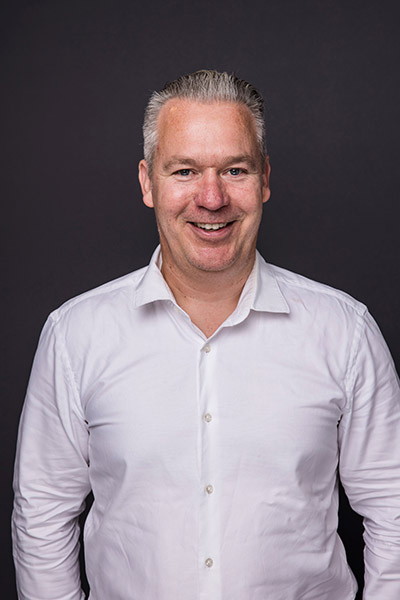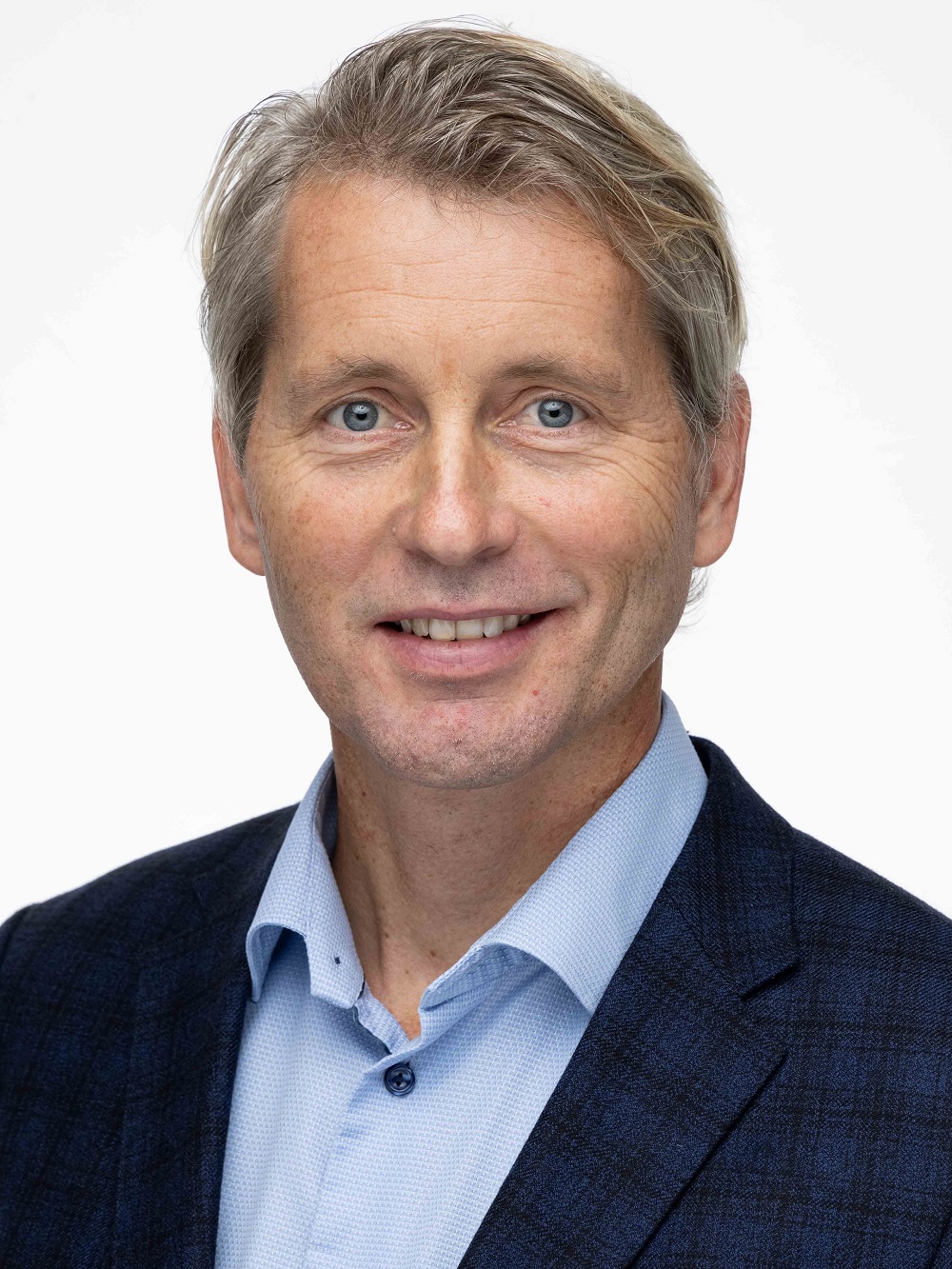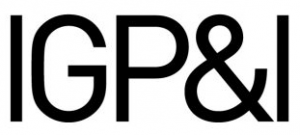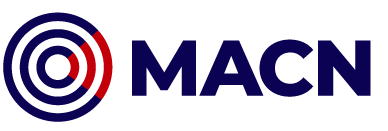Safety in the maritime industry is often associated with regulations, compliance, check lists and procedures. But Dr. Torkel Soma of SAYFR believes that a vital piece of the safety puzzle is often missing: how organisations deal with failure. In this conversation, he shares why the ability to learn from mistakes could be the defining trait of the top performing shipping companies.

The key factors that influence safety at sea
Published 15 May 2025
Dr. Torkel Soma is the Chief Scientist and co-founder of SAYFR, a leading provider of safety culture assessments and culture development programs for the maritime industry. Prior to co-founding SAYFR, he held key positions at PROPEL, DNV and Marintek.
Dr. Torkel Soma, you have more than 25 years of experience from the industry. Why has the topic of how companies deal with failure become so important to you?
“Over the last 25 years, the maritime industry has made huge strides in safety through new regulations and new safety procedures. This has been followed up by port states, flag states, classification societies and other stakeholders, and it has largely been very successful. However, this kind of progress will only take you so far. In the 1980s, a shipping company could become a top safety performer by just improving procedures. Today, you can still tweak your procedures, but eventually you will start to hit diminishing returns,” says Soma.
“What we have seen over time is that there is another hugely important factor, and that is how we manage failure. Mistakes will happen – that is the nature of the game. The question is: Do we create an environment where people can acknowledge and learn from those mistakes, or do we punish them?”
So, how do we create an alternative to the traditional “blame and shame” approach?
“An important concept in occupational safety research is what we call Human and Organizational Performance (HOP). This framework acknowledges that mistakes are inevitable, and it shifts the focus from assigning blame to understanding why errors happen and how we can prevent them from recurring.
Some core principles of the HOP approach include:
Blame fixes nothing – it can make things worse
Context matters – the environment, tools and systems in which we work impact our behavior. Understanding context can help reduce mistakes.
Our response to failure matters – positive, learning-oriented reactions foster continuous improvement.
“Understanding these principles is an important start,” adds Soma.
Organisational blind spots
You have identified certain organisational “blind spots” that lead to lack of learning and difficulty in dealing with recurring problems. What are these blind spots and how do they occur?
“Blind spots are often deeply buried in the organisational culture, and they can be difficult to spot without intentional effort. We have identified four major ones:
Overconfidence – when you achieve successful results despite cutting corners or deviating from company policies and procedures. Over time, this sends the signal that policies and procedures are optional, leading to unnecessary risk.
Lack of trust – if crew or colleagues don’t trust leadership or safety systems, they are less likely to report problems and near-misses. This in turn leads to a higher risk of accidents, injuries and non-compliance.
Lack of engagement – lack of care for the job or for colleagues reflects lack of engagement and responsibility for safety.
Fear of blame – when mistakes are met with blame or punishment, people will have more incentives to hide mistakes, which hinders learning and delays improvements.
“Addressing these blind spots is essential for real cultural change,” adds Soma.
What good looks like – 8 key factors
In your research, SAYFR has linked safety culture maturity to certain core behaviours. What are these behaviours?
“There are significant differences between companies and even between ships when it comes to how they manage failures and mistakes. The most mature safety cultures don’t define success merely as the absence of accidents. Instead, they focus on ‘the capacity to make things go right’. We’ve found eight key behaviours in such environments:
Trust – People trust each other, the company and its systems
Care – There is genuine care for the job and for colleagues
Preparedness – People are open to the possibility that things can go wrong
Learning mindset – Mistakes are analysed, not punished. People strive to learn from failures
Feedback culture – People dare to give each other constructive feedback
Psychological safety – People voice their concerns and speak up
Teamwork – People function as a team, using each other’s strengths to manage challenges
Agility – Dilemmas are resolved efficiently and at the right management level.
“Working with these key behaviours is where the real progress and cultural change takes place,” adds Soma.
SAYFR has developed a tool to help organisations benchmark and improve their safety culture. How does that work in practice?
“Yes, the tool is called SafeMind. It is designed to measure the maturity of an organisation’s safety culture by surveying behaviours, both onboard and ashore. These surveys are anonymous, short, and frequent - what we call ‘pulse surveys’. The results are then benchmarked against industry standards and SAYFR’s extensive database, allowing customers to identify cultural strengths and blind spots. SafeMind doesn’t just reveal what is wrong – it highlights where leaders can take action.”
Gard and SAYFR have recently joined forces to offer SafeMind as a loss prevention service to Gard’s Members and clients. What are your hopes for this initiative?
“We are excited about this, and we think it will prove to be a meaningful service that can provide real value for customers. The SafeMind survey is able to measure the key factors of organisational culture that directly affect the risk of accidents. We believe it can have an impact in the long run, both for the client itself and for maritime safety more broadly.”

Torkel Soma
Thank you for sharing your insights, Torkel. At Gard, we share this enthusiasm, and we are proud to offer SafeMind as part of our ongoing commitment to loss prevention.
For further details on Gard’s SafeMind offering, visit our Safety Culture page.
You can also learn more at: All you need to know about SafeMind
Related reading: Gard launches new safety culture service to its customers - Company News | Gard



